One day you’re going to come home as proud parents with your newborn Apple HomePod. But you just can’t give it a milk bottle and leave it to sleep. Your baby HomePod (or HomePod mini) is going to need to be set up in the ways of Siri. You need to pair it with its iPhone brother or sister, then let it do its light flashing to indicate it’s all ready to go. And what if it refuses to cooperate? New arrivals can be like that. Here’s the guide on how to set up an Apple HomePod or HomePod mini.
Read more: Echo Dot vs Nest Mini vs HomePod mini: Battle of the smart speakers
QUICK ANSWER
To set up an Apple HomePod or HomePod mini, find a flat surface for it to sit on and plug it into the power socket. Hold your iPhone or iPad near it when you see a pulsing white light on top, and it should detect the HomePod. Follow the on-screen instructions to complete pairing the devices. If the HomePod is not detected, scan the QR code on the packaging it came with.
JUMP TO KEY SECTIONS
How to set up an Apple HomePod or HomePod mini
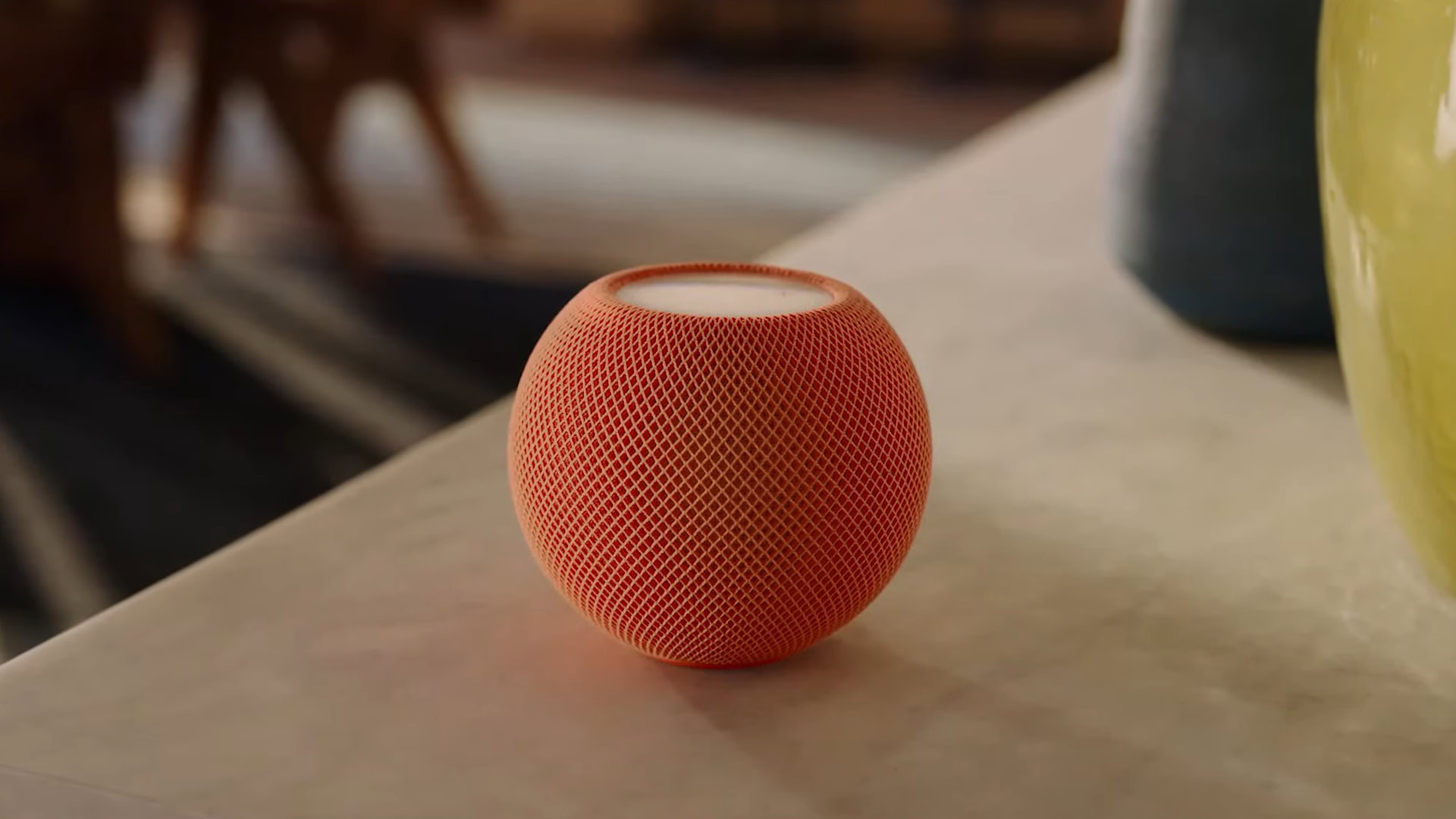
As with all other Apple accessories, it is very simple to set up an Apple HomePod or HomePod mini. Nine times out of ten, the HomePod and companion iPhone or iPad will pair automatically. However, there will be rare instances when they don’t pair. We’ll cover that scenario in a later section. Note that you cannot pair a HomePod using a Mac computer.
How to pair a HomePod or HomePod mini with an iPhone or iPad
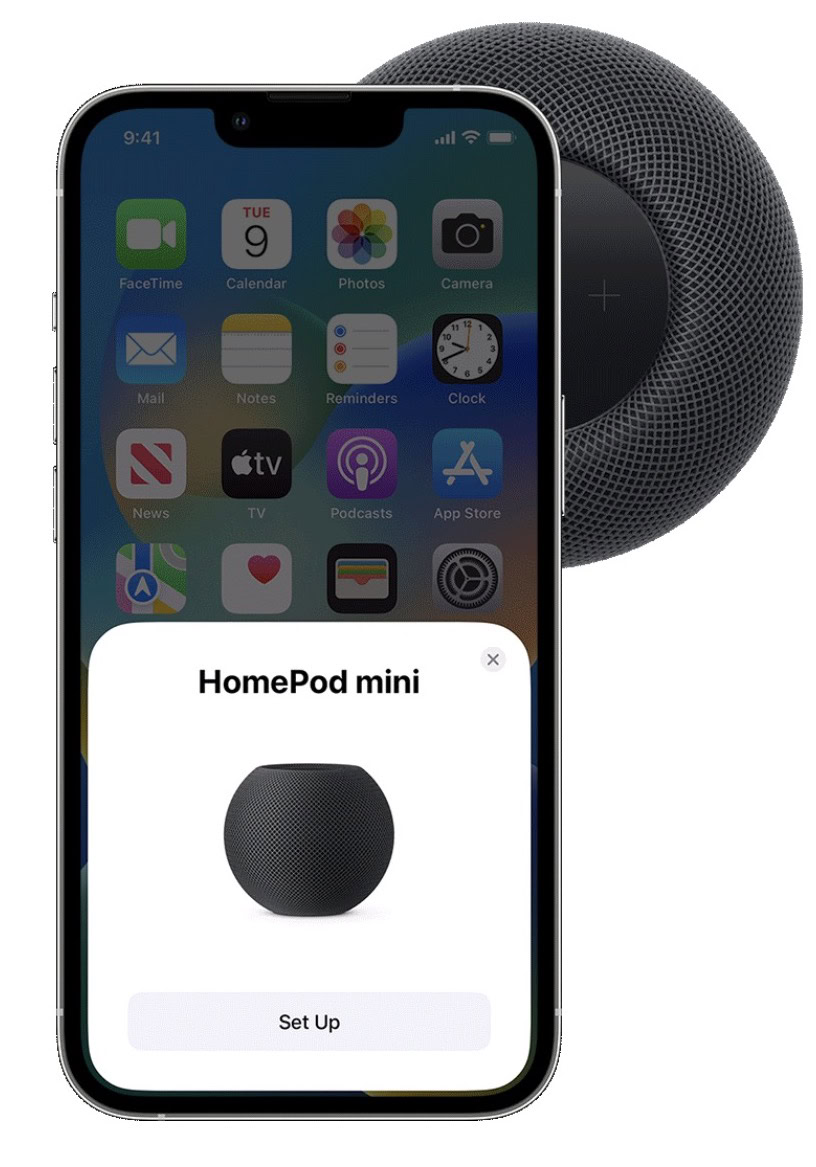
- First, unpack the HomePod from its box and place it on a flat surface. Apple recommends leaving at least six inches of space around it.
- Plug the HomePod into the power socket. Wait for a chime to sound, and a pulsing white light will start flashing on top of it.
- Unlock your iPhone or iPad and hold it next to the HomePod. Tap Set Up when it appears on your device’s screen.
- When asked, center the HomePod in the viewfinder on your iPhone or iPad to complete the pairing process. Alternatively, tap Enter Passcode Manually, and Siri will respond with a four-digit passcode to enter on your device.
- Follow the on-screen instructions to customize your settings.
- Tap Done.
If the setup screen doesn’t appear
On the rare occasion when you don’t get the usual pairing process to work, here’s what to do.
- Open the Home app on your iPhone or iPad. If you don’t have it, you can install it here.
- Tap Add > Add Accessory.
- Use the on-screen camera to scan the QR code on the HomePod’s packaging. There will always be one if you bought the HomePod in original packaging from an Apple Store or licensed third-party Apple shop.
- The HomePod should now pair. Follow the on-screen instructions to complete the process.
Troubleshooting tips if your Apple HomePod setup isn’t working
If you have gone through the above pairing process and your HomePod setup is not working, then don’t despair yet. There are some troubleshooting tips you can work through to see if the problem is an easy one to fix before you go running off to the Apple Store to complain.
Update your iPhone or iPad to the latest version of iOS
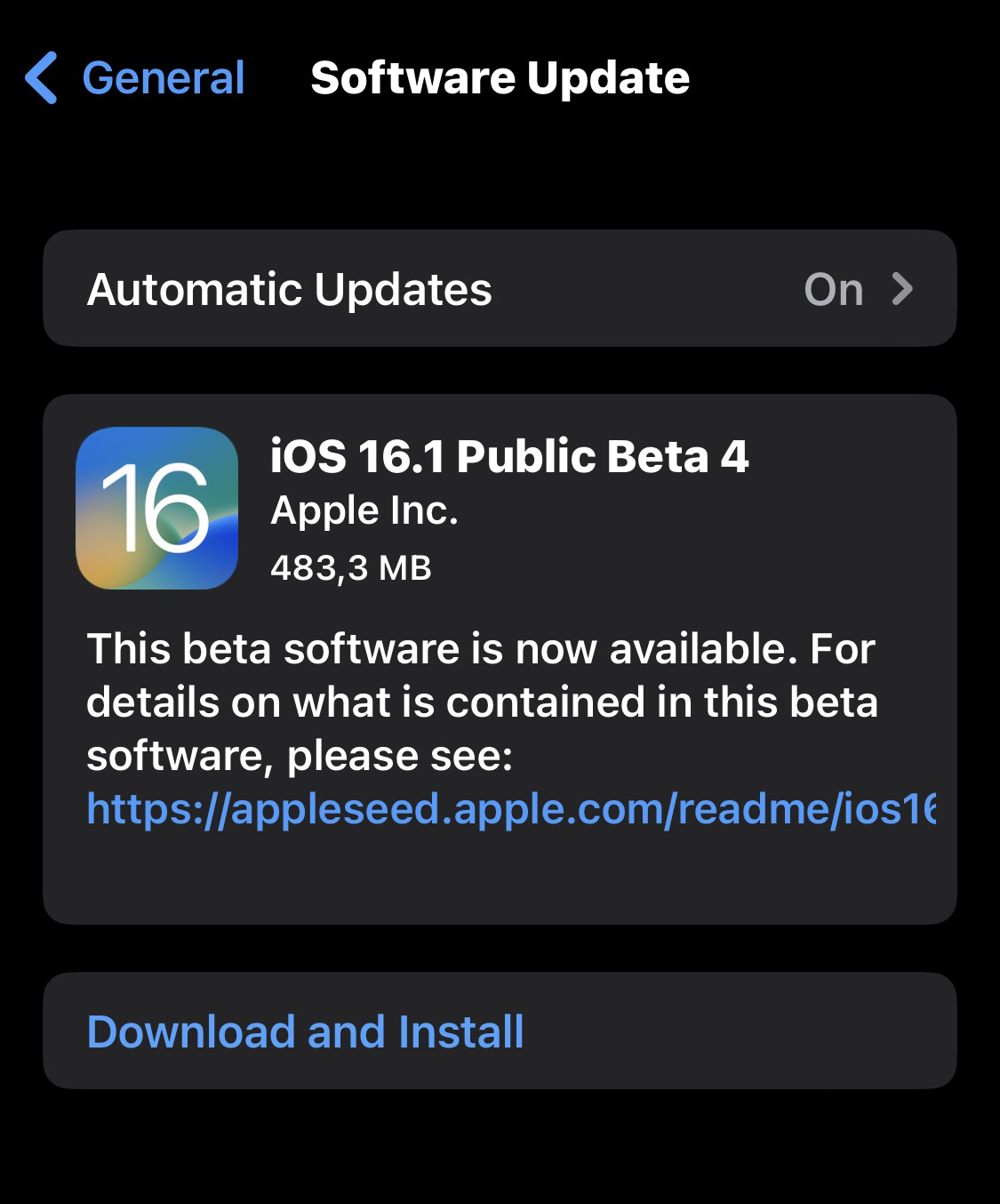
First off, make sure that your iPhone and iPad are both updated to the latest version of the iOS operating system. If not, your existing version may have bugs that may be preventing your HomePod from working properly or your iOS device from pairing properly. So check that first. Easy and quick thing to do. Just head to Settings > General > Software Update.
Make sure you have the Home app installed on your iOS device

Next, you need the Home app on your iPhone or iPad to control your HomePod (although you are more likely to use Siri commands). Apple usually automatically installs the Home app when it pushes out a major iOS update, but at the time, you may have uninstalled it because you didn’t need it. If that’s the case, you can reinstall the Home app in a jiffy.
Check your Wi-Fi connection
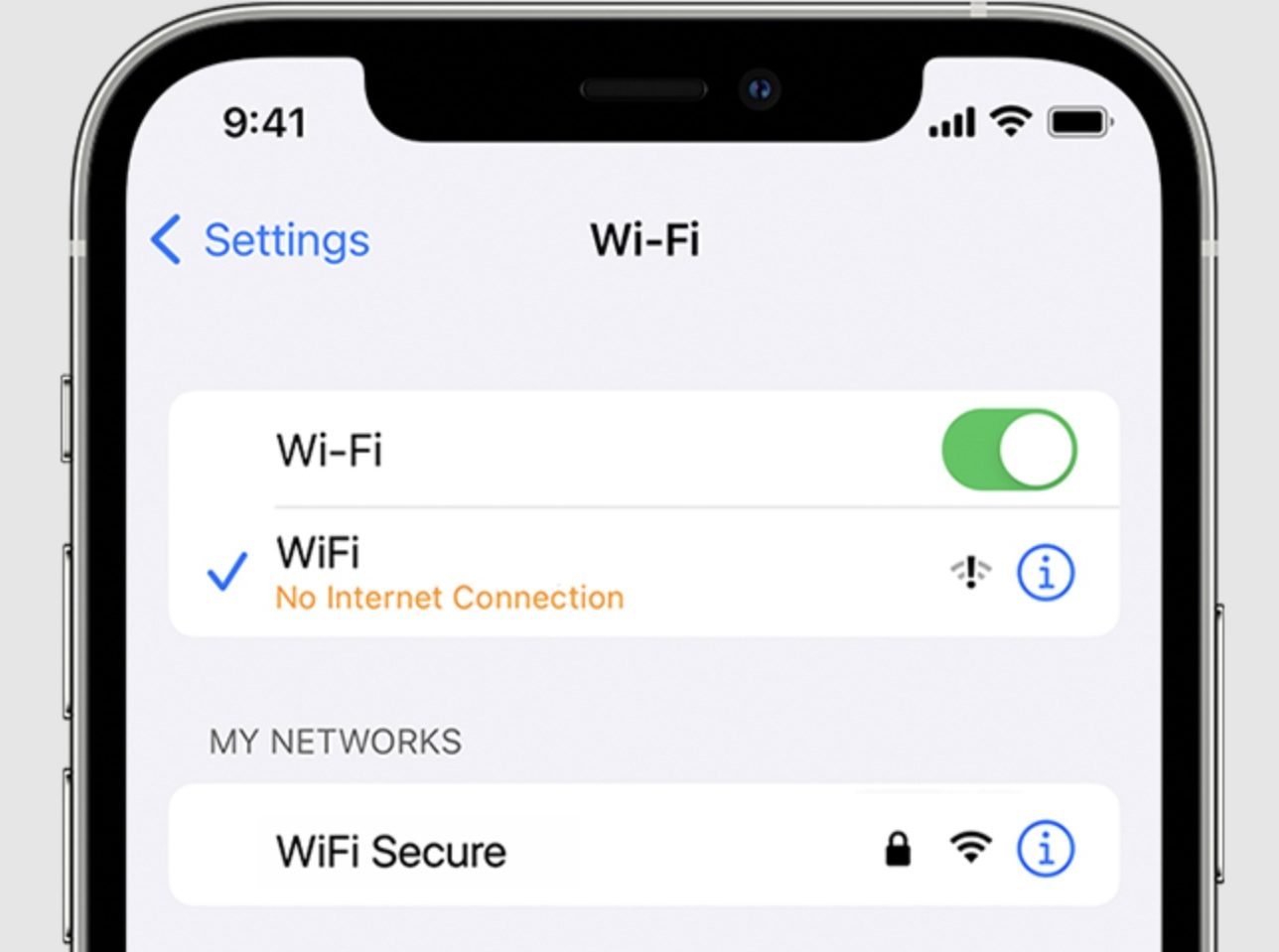
A HomePod requires Wi-Fi to work, so if your Wi-Fi connection is down, then so is the HomePod. Check on your iPhone or iPad to see if you have a connection by going to Settings > Wi-Fi. If it’s down, toggle the Wi-Fi setting off and on again. If that doesn’t work, restart your router and wait a few minutes.
Make sure the HomePod is on the same Wi-Fi network as the iOS device
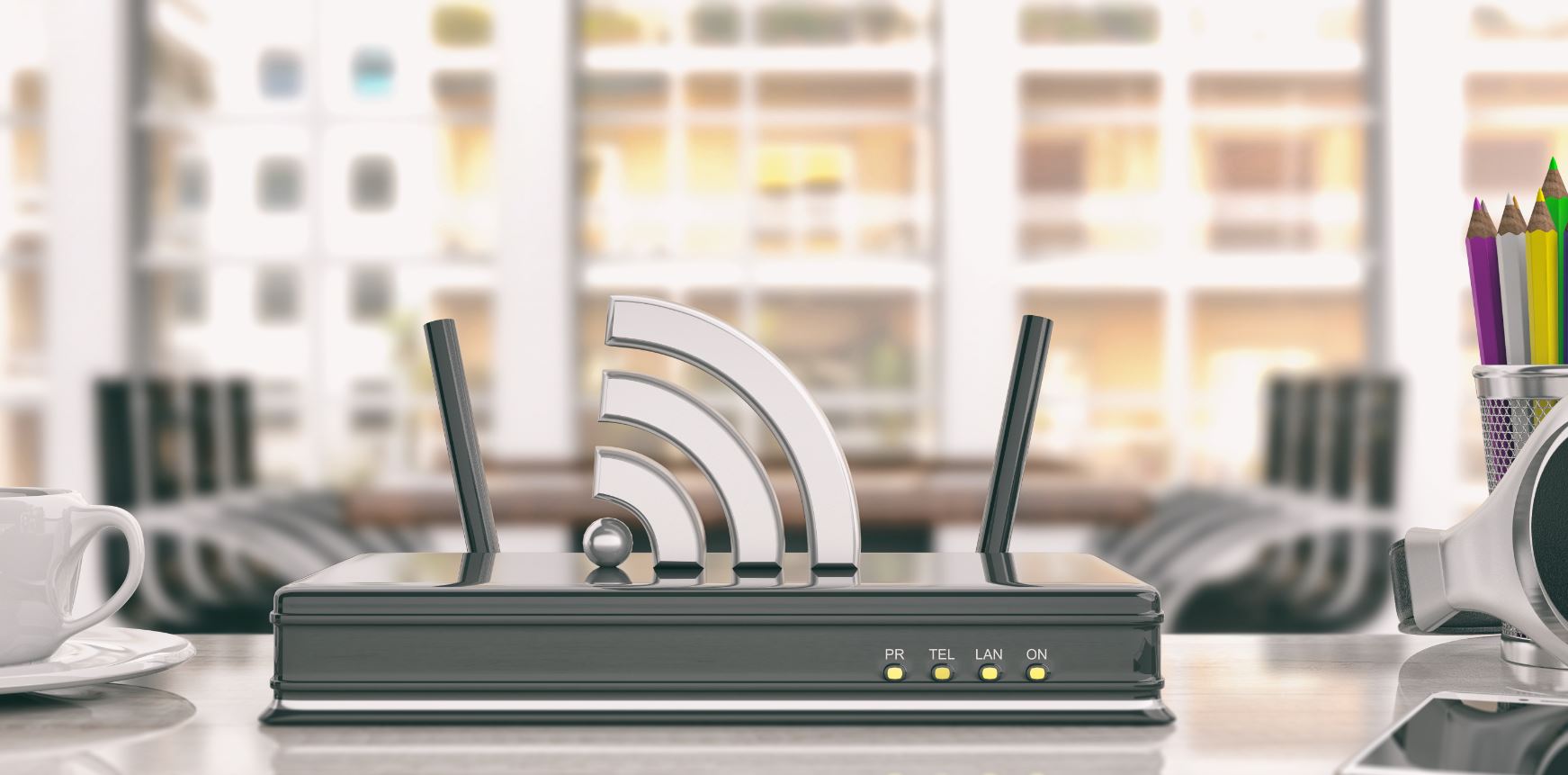
Next up, the HomePod needs to be on the same Wi-Fi network as the iOS device it is paired to. So if you have more than one Wi-Fi network in your home, make sure both devices are on the same one.
Turn on two-factor authentication for your Apple ID
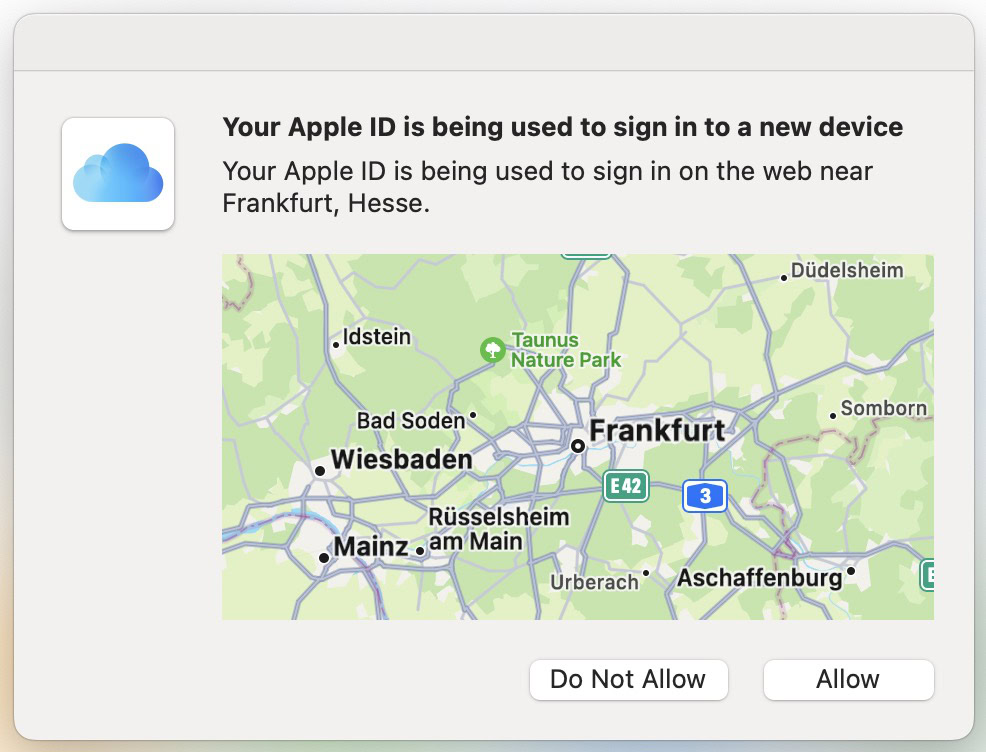
According to Apple, you need to have two-factor authentication enabled on your Apple ID for the HomePod to work. If you haven’t yet done this, go to Settings on your iOS device, then Apple ID > Password & Security > Turn On Two-Factor Authentication. Follow the on-screen prompts to set it up.
Enable iCloud Keychain
Likewise, iCloud Keychain needs to be enabled. Go to iOS Settings > Apple ID > iCloud. Scroll down to Apps Using iCloud and tap Passwords and Keychain. Toggle on the setting.
Move the HomePod closer to the Wi-Fi router

As we said before, the HomePod relies on a strong Wi-Fi connection. So the weaker the connection, the less effective the HomePod is going to be. You can’t position the HomePod in a Wi-Fi blindspot, such as behind a thick wall.
Bring it closer to the Wi-Fi router to improve the signal. You can also consider a Wi-Fi signal extender to get even more oomph juice from your router.
Check to see if your HomePod is showing a flashing orange light
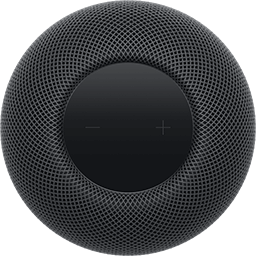
Mark O’Neill / Android Authority
If your HomePod mini is flashing white light, then it’s busy doing its thing. But if it has an orange flashing light? Then that isn’t so good. That means that the HomePod is connected to a computer, or it’s plugged into a non-standard Apple power adapter that didn’t come with the HomePod mini, and therefore it isn’t rated 20 watts (9 volts).
In other words, disconnect it immediately before the HomePod goes kaboom. Use the power adaptor that came with the HomePod. Once the light turns white, you’re golden.
Disconnect the HomePod and start the pairing process again
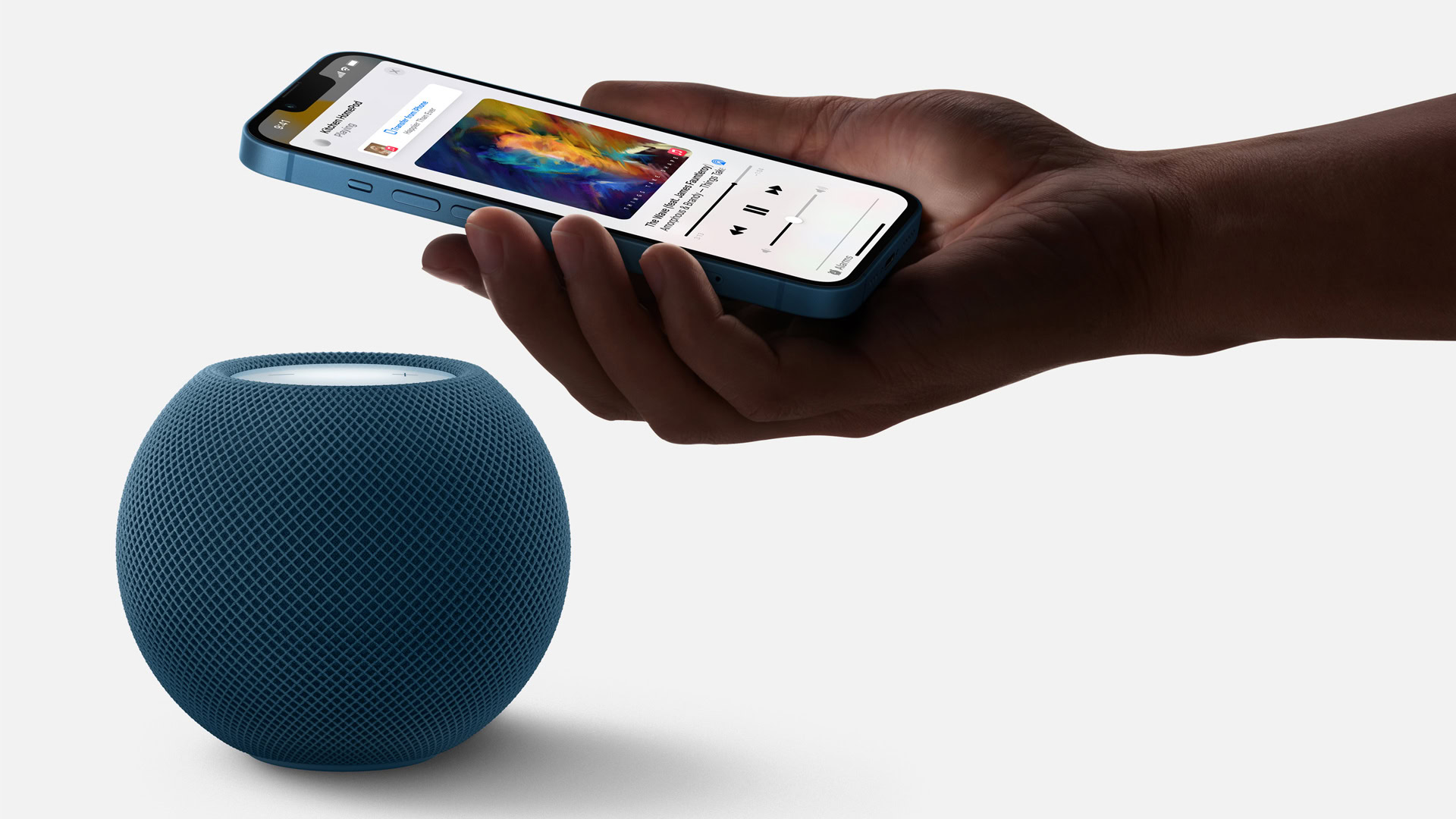
If all else has failed, disconnect the Apple HomePod from the power socket, wait a while, then restart the pairing process outlined above. You’ve likely done something wrong the first time or skipped something you thought was unimportant. Do it again, but this time, slowly.
Contact Apple Support
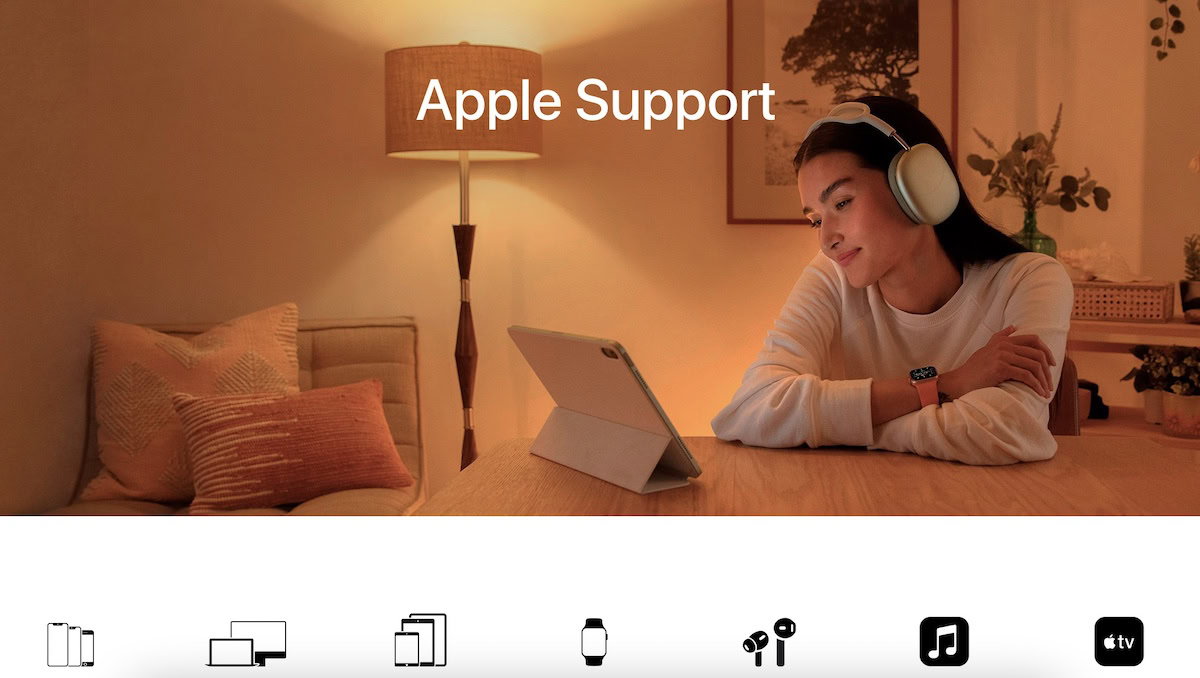
If a second pairing attempt doesn’t work, then it is likely a hardware problem with the HomePod. Maybe you were just unlucky and got a defective unit. Contact Apple Support and arrange an exchange for a replacement HomePod. Then try again to set up your Apple HomePod or HomePod mini.
FAQs
You should place your Apple HomePod on a flat, even surface within good range of your Wi-Fi router.
Theoretically, you can use a HomePod without Wi-Fi, but you would lose most of the features and functionality. In this scenario, you could only AirPlay movies and music from your iOS device to the HomePod.
No, it is not possible to only use Bluetooth with a HomePod.
No, the HomePod must be plugged into a power source. There is no capacity for a battery source, and it’s not meant to be used as a portable device.
Yes, but you would have to disable Siri on your iOS device. You would also lose a lot of Siri-related functionality on the HomePod./faq]
If you are a Spotify subscriber, you can AirPlay it from an iOS device to a HomePod.
No, it waits for the trigger words – “Hey Siri” – before it starts listening for the next command. Then it switches off.
Yes, you can, but some countries don’t allow this (especially in Europe). It does work in North America, though.
No. When the HomePod is not being used, it goes into a low-power mode, which uses virtually no power. There’s no advantage to disabling it.
No, it isn’t. Therefore, it would not be advisable to place the HomePod next to any water source, such as a bathroom.




